| TALES OF HEATH & POND |
VISITOR'S GUEST BOOK | HISTORY OF THE HEATH & POND | GUESTS' PHOTOGRAPHS | SOURCES OF INFORMATION | VIDEOS | SITE MAP |
Reed Warbler
To see a larger copy of each image click on it; to see the next large image click at the right of the image, to go back click on the left of the image. To close a large image click on the cross in the top right hand corner.
New photographs are usually added to the bottom of the page - click to go to the bottom of this page
2020 |
||
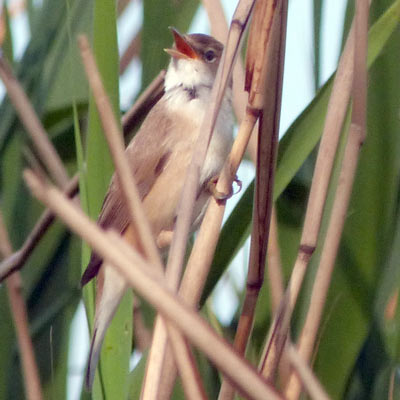 |
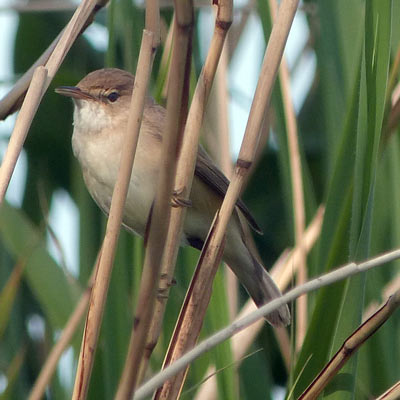 |
|
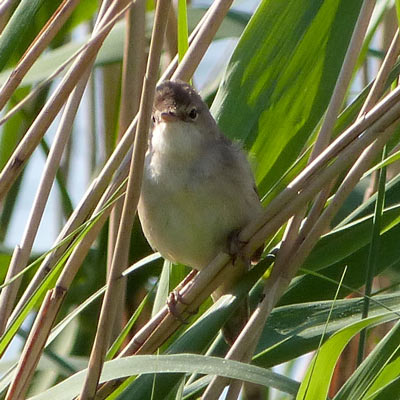 |
 The reed warbler is a medium-sized warbler of reedbeds. A summer visitor to the UK, it weaves its nest as a sling between two or three reed stems, and lays three to five eggs in it. Forming monogamous pairs, both parents raise the chicks, bringing them insects to eat. The reed warbler is a medium-sized warbler of reedbeds. A summer visitor to the UK, it weaves its nest as a sling between two or three reed stems, and lays three to five eggs in it. Forming monogamous pairs, both parents raise the chicks, bringing them insects to eat.
It breeds across Europe and is migratory, wintering in sub-Saharan Africa. Like most warblers, it is insectivorous, but will take other small food items, including berries. Reed warblers are common victims of brood-parasitism by cuckoos. Having laid an egg in the nest while the parents are unaware, the female cuckoo leaves the intruding chick to hatch. The cuckoo chick then pushes all the other eggs and chicks out of the nest so its foster parents can concentrate solely on bringing it food. |
|
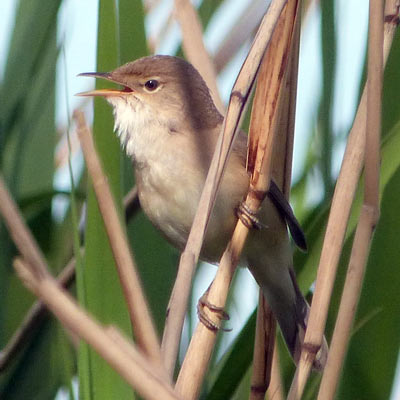 |
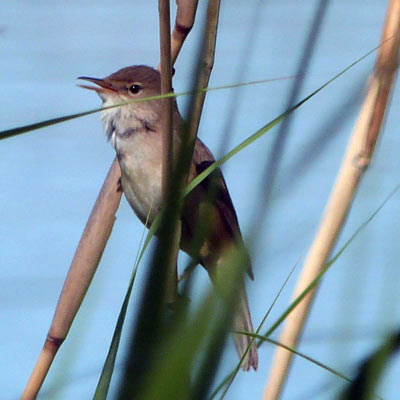 |
|
2021 |
||
| Go to the top of this page |